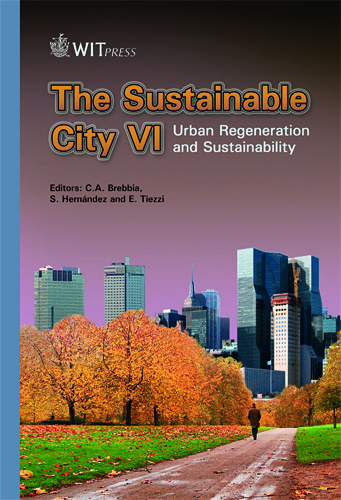The Benefits Of Non-motorized Transport In The City Of Rio De Janeiro
Price
Free (open access)
Transaction
Volume
129
Pages
11
Page Range
311 - 321
Published
2010
Size
332 kb
Paper DOI
10.2495/SC100271
Copyright
WIT Press
Author(s)
L. Basto & N. Moraes
Abstract
The Brazilian light vehicle fleet’s consumption of gasoline in 2008 was equivalent to 136.5 million barrels of petrol. This volume of consumption is expected to increase significantly during the coming years, having in mind, among other factors, the country’s low motorization rate (89 cars/1000 people) compared with developed countries such as the U.S. (776 cars/1000 people). The increase in the motorization rate is linked to external negative factors such as air pollution, congestion, accidents and the increase in urban traffic space. This article examines the alternative of reducing car use through its substitution by non-motorized transport, in particular the bicycle, and evaluates the principle benefits to be derived there from. The subject area covered in this study is the city of Rio de Janeiro, in particular the South Zone and City Center which are linked by bicycle routes and whose populations are receptive to the use of the bicycle as a means of transport. The methodology takes into account local population figures, income, vehicle fleets and urban mobility. The study shows that, of the total of 1.4 billion kilometers driven by cars per year, there is potential for the substitution of 28.5% by bicycles. Such substitution would represent, in the area under study, a reduction in gasoline consumption of 62 million liters per year, avoiding the emission of 140 thousand tons of CO2. Additionally, it is also estimated that the cost of car accidents could be reduced by R$ 41 million, while around R$ 156 million/year of consumer spending on fuel would be eliminated. Increasing bicycle use in Rio de Janeiro would be socially inclusive and would soon eliminate car-related external negative factors, apart from restoring and maintaining the physical and mental well being of the population. Keywords: non-motorized transport, bicycle, CO2 emission, sustainable mobility.
Keywords
non-motorized transport, bicycle, CO2 emission, sustainable mobility





